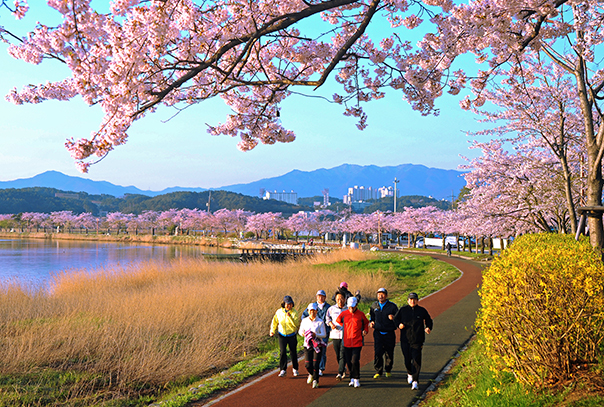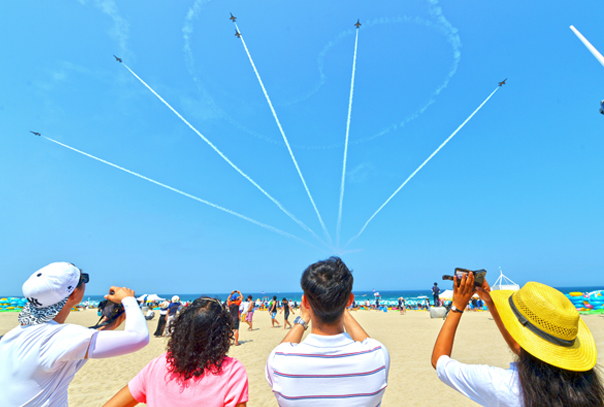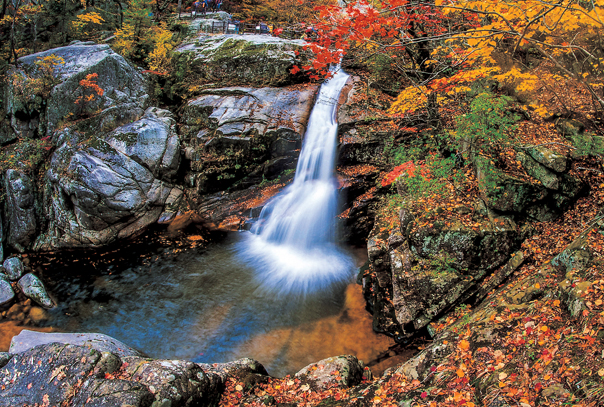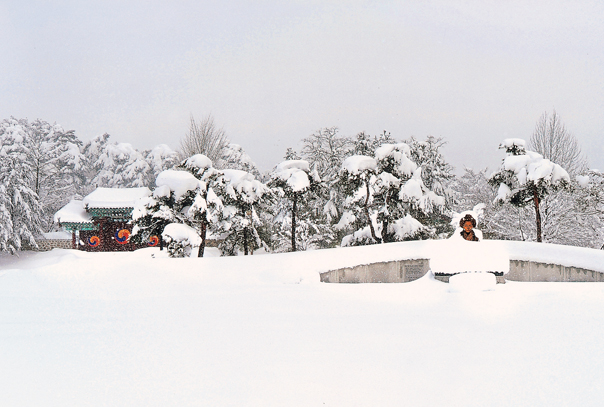Prepare for your trip to Gangneung

Prepare for your trip to Gangneung

Gangneung enjoys a temperate climate with four distinct seasons. Indeed, the changing of the seasons has inspired Korean artists and poets for centuries. Watching the transformation in the landscape as the seasons pass is one of the many joys of living in Gangneung. While the city might be at its most spectacular in spring and autumn, summer and winter have their considerable charms, too, making Gangneung the perfect place to visit all year round.

Spring in Gangneung begins in March and lasts until May. Temperatures range from a daily mean of 5.7 degrees Celsius in March to 17.8 degrees Celsius in May. Due to the influence of anticyclones, the skies are usually clear, although sand storms from the Gobi Desert region of China and Mongolia sometimes make an appearance, too. The air is also particularly dry during this time, so care should be taken when hiking so as to not cause forest fires. Spring flowers such as cherry blossoms, chrysanthemums, and azaleas can be seen everywhere.

Beginning in June and ending in August, the Korean summer is hot and humid, with average mean temperatures peaking at 25.7 degrees Celsius in August. The Korean rainy season, or jangma, begins in mid-June and continues for about a month. Compared with some other countries that experience monsoon, however, the rains are not especially heavy, with monthly precipitation peaking at 383 millimeters in July.

Autumn is a lovely time in Gangneung. Temperatures start to cool, the sky is high and cobalt blue, and the hillsides are decorated with bright hues of gold and crimson. Korean autumn begins in September and ends in November. Chuseok, the Korean harvest celebration, falls in autumn.

Winter in Gangneung, which lasts from December to February, can get quite cold due to the Siberian high pressure systems that bring with them cold northwesterly winds. Temperatures sometimes drop to negative 15 degrees Celsius. Generally speaking, Korea experiences a weekly cycle of three cold days followed by four mild days, a phenomenon known in Korea as samha saon. Heavy snow periodically falls on the city. When it does, parks and gardens are transformed into shimmering landscapes of white.